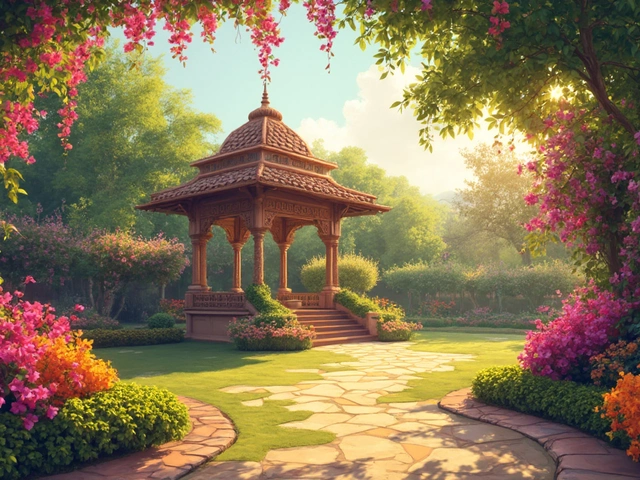Everything You Need to Know About Potted Plants
If you love green space but lack a big garden, potted plants are the perfect answer. A few containers on a balcony, windowsill, or corner can turn any space into a mini‑jungle. The trick is knowing what to plant, how to pot it, and how to keep it happy. Below you’ll find the basics that work for beginners and seasoned growers alike.
Choosing the Right Pot and Soil
Start with a pot that matches the plant’s root size. A small succulent can live in a shallow dish, while a growing ficus needs a deep container with room to expand. Look for drainage holes – water sitting at the bottom will rot roots faster than you think.
Next, pick a potting mix that matches the plant’s needs. Cacti and succulents love a gritty, fast‑draining blend, while tropical foliage prefers a light, moisture‑retaining mix with peat or coconut coir. If you’re unsure, a general indoor potting mix works for most houseplants, but you can always add perlite or sand to improve drainage.
Don’t forget the saucer. It catches excess water, protects your floor, and lets you see when the plant is over‑watering. Empty the saucer after a few minutes so the roots don’t sit in water all day.
Watering, Light & Maintenance
Watering is where most beginners slip up. The rule of thumb is to water when the top inch of soil feels dry to the touch. Stick your finger in – if it’s still moist, wait another day. For large pots, lift the container; a light pot feels heavier when wet.
Light requirements vary wildly. A sunny windowsill (south‑facing in India) is ideal for herbs, tomatoes, and many flowering plants. Low‑light tolerants like snake plants, pothos, and ZZ plants can survive near a north‑facing window. If natural light is limited, a simple LED grow light set on a 12‑hour cycle can fill the gap.
Feed your plants with a balanced liquid fertilizer once a month during the growing season (spring‑summer). Reduce feeding in autumn and stop altogether in winter when most indoor plants enter a dormant phase.
Pruning keeps plants tidy and encourages new growth. Trim dead leaves, pinch back leggy stems, and remove spent flowers. A clean plant not only looks better but also uses energy more efficiently.
Rotate pots weekly so every side gets equal light exposure. This simple habit prevents a one‑sided, lopsided look.
Finally, keep an eye out for pests. Tiny spider mites, mealybugs, and fungus gnats love the warm, moist environment of pots. A quick spray of neem oil or a wipe with soapy water usually solves the problem before it spreads.
With these basics, you can start a collection of herbs for cooking, brighten your living room with flowering geraniums, or grow a calming snake plant on your desk. The possibilities are endless, and the rewards are immediate – a touch of nature right where you need it most.
Ready to try something new? Pick a plant you love, grab a pot with drainage, and give it a fresh mix. Within weeks you’ll see the difference a little care can make. Happy potting!
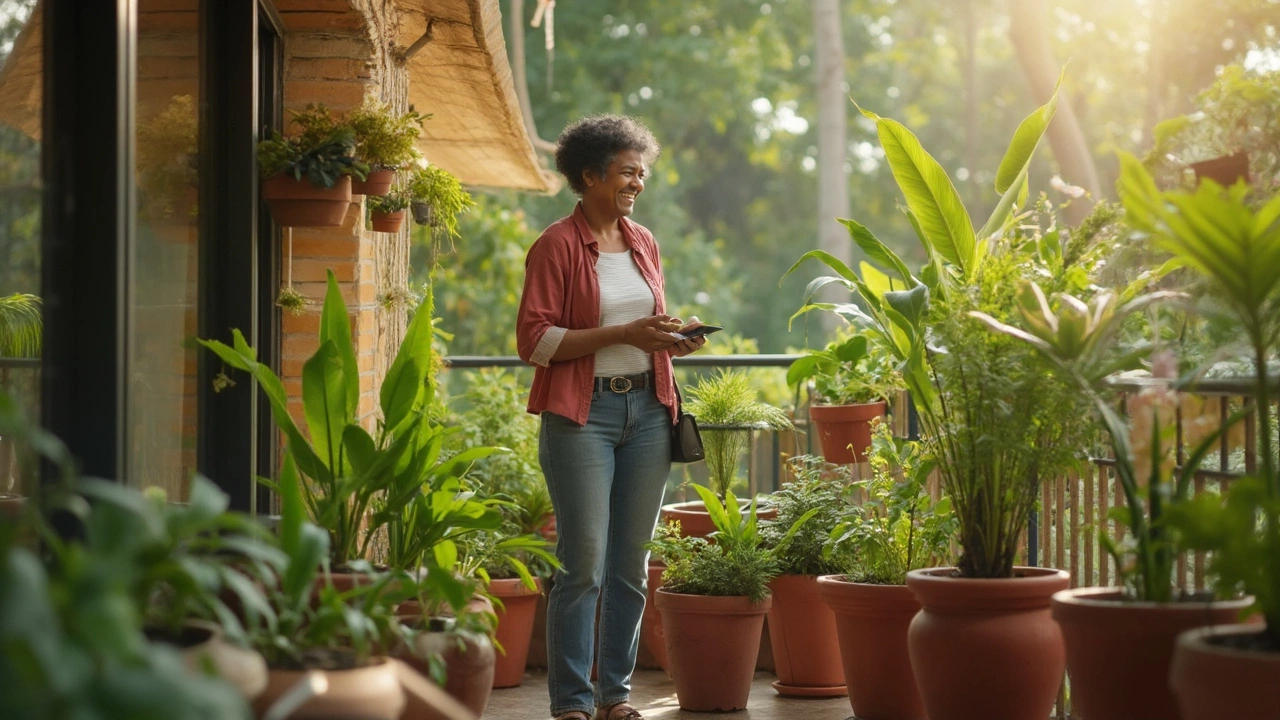
Best Low Maintenance Outdoor Potted Plants for Effortless Garden Beauty
Discover the ultimate low maintenance outdoor potted plants that thrive with minimal effort. Get tips and real-life advice for easy care and a gorgeous garden.

Why Is It Not Good to Keep Potted Plants Indoors at Night?
Keeping potted plants inside at night can actually impact your indoor air quality and even your sleep, thanks to how plants 'breathe' after the sun goes down. Some plants release carbon dioxide at night, and this shift confuses a lot of people who believe all plants purify air 24/7. There's also the little-known risk of mold and pests making things less comfy inside. Understanding what really happens after dark in your plant-filled room can help you make smarter decisions about caring for your plants and your space.
About
Gardening, Indoor Plant Care
Latest Posts
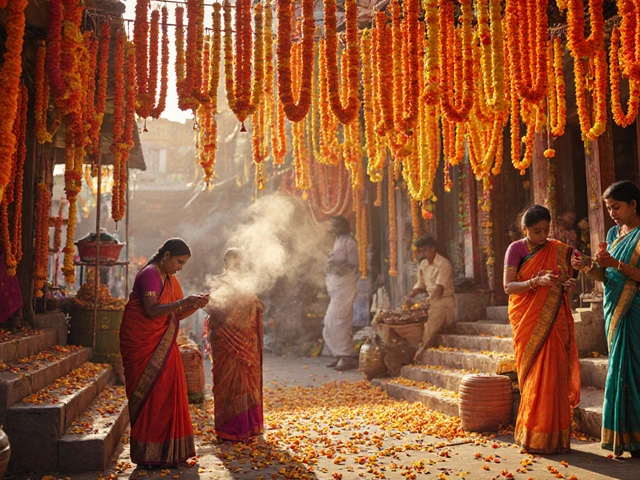
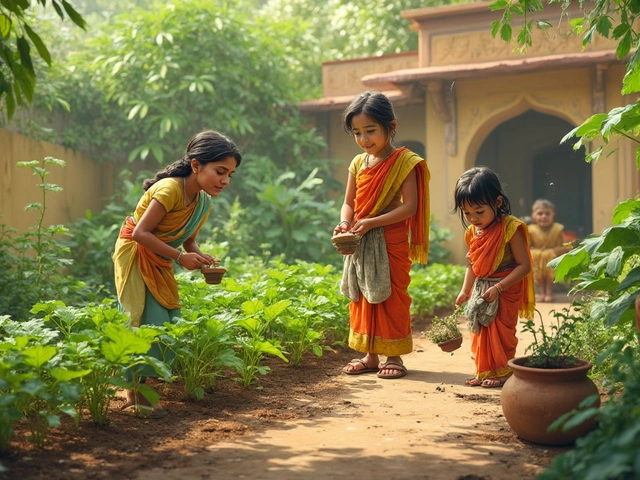
Most Sustainable Vegetable to Grow: What Actually Wins?
By Alden Thorne May 8, 2025
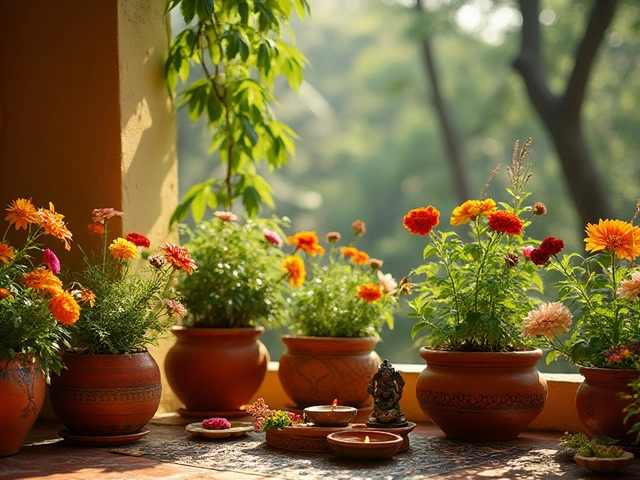
Mastering the Art of Container Gardening: Essential Tips for Thriving Terrace Gardens
By Alden Thorne Feb 4, 2025
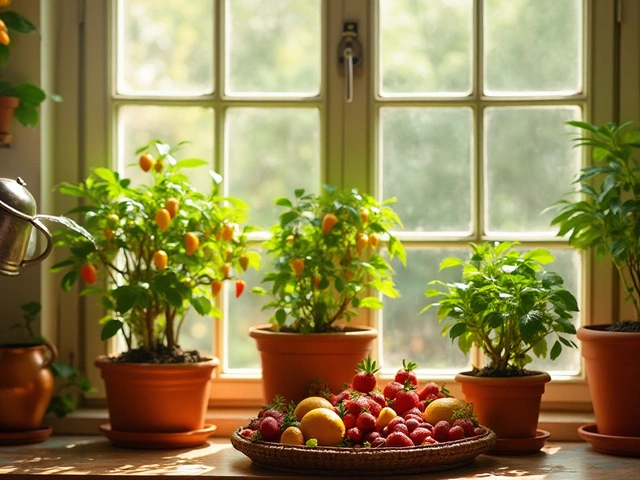
The Easiest Fruits to Grow Indoors: A Guide to Indoor Fruit Gardening
By Alden Thorne Jan 20, 2025
